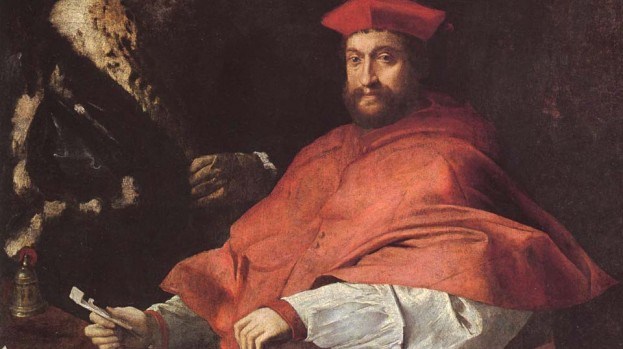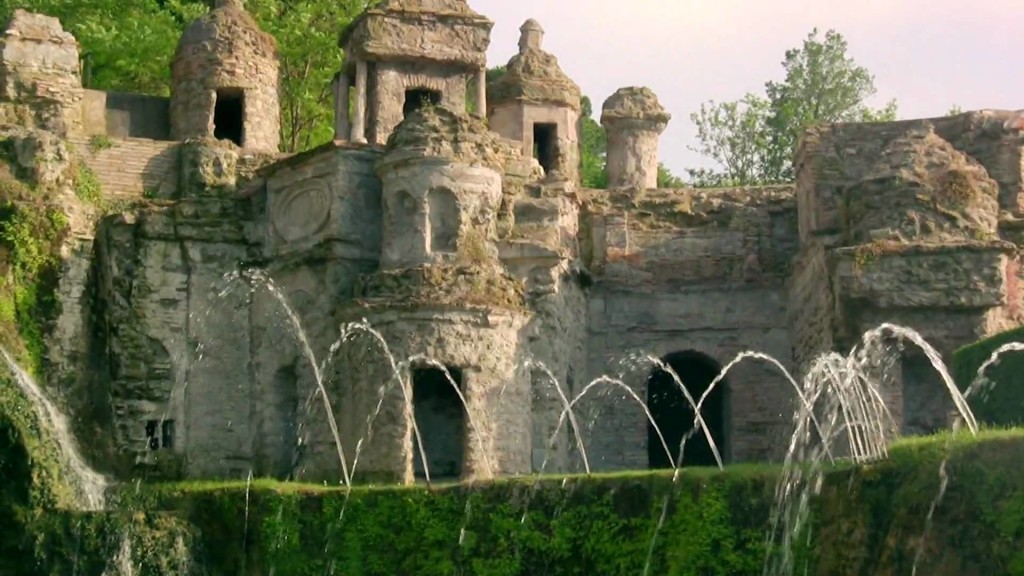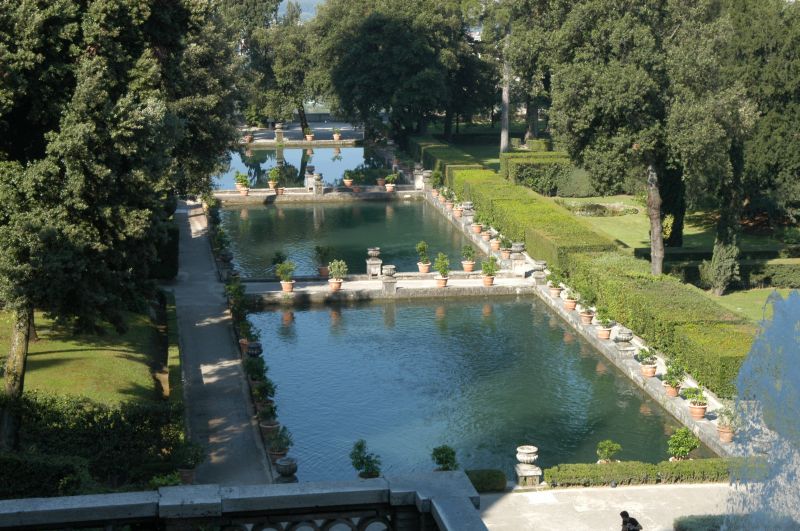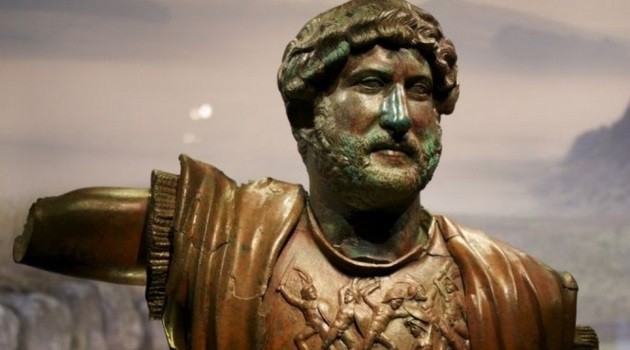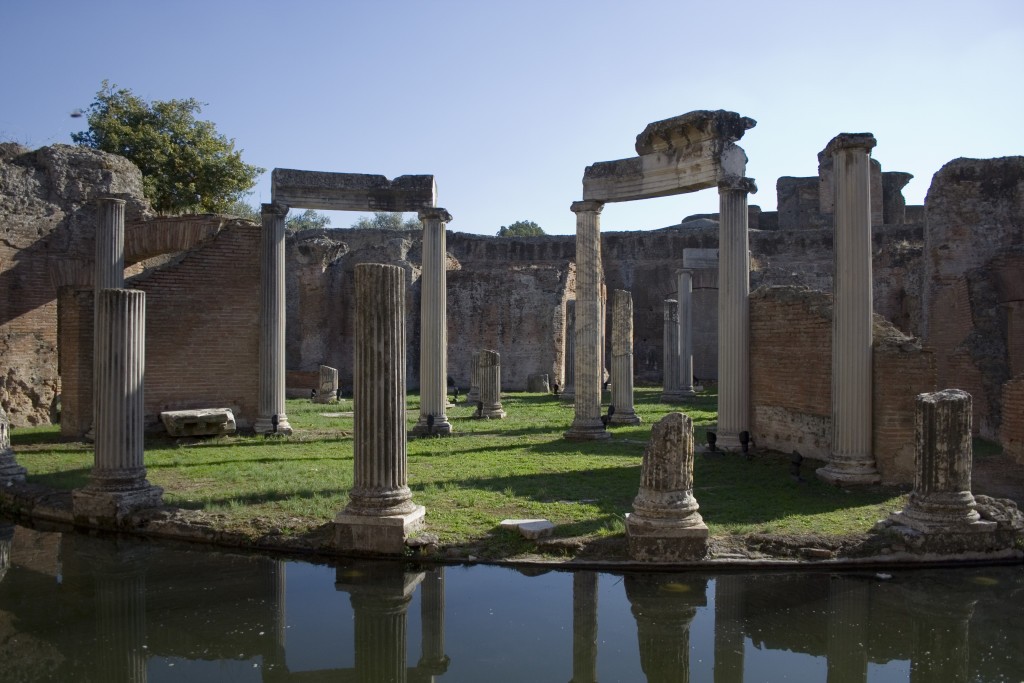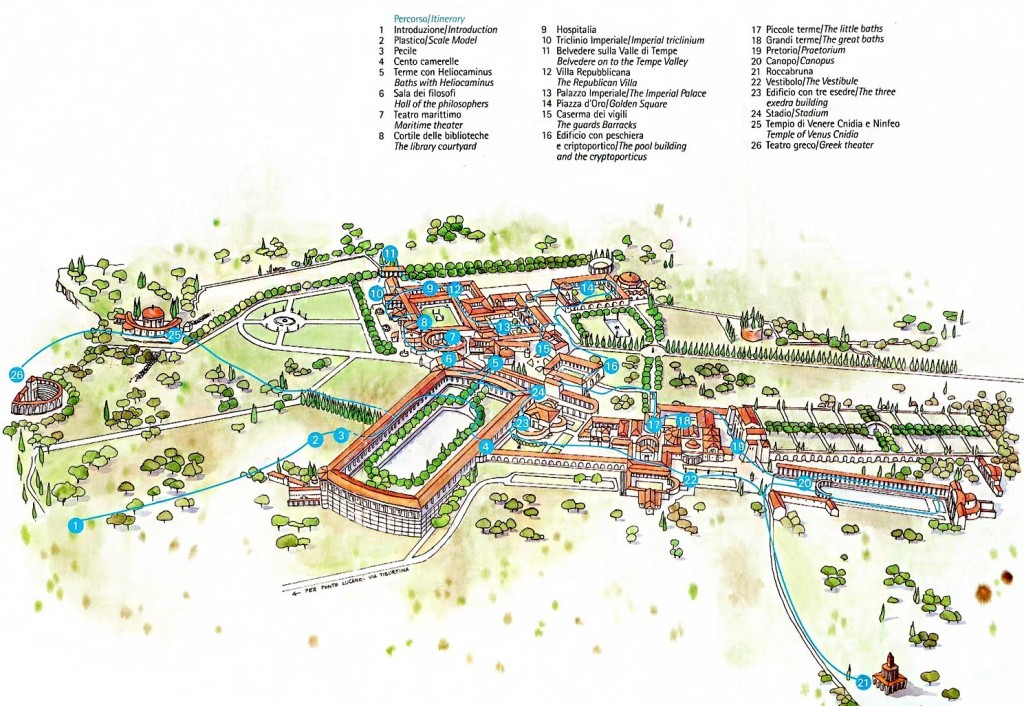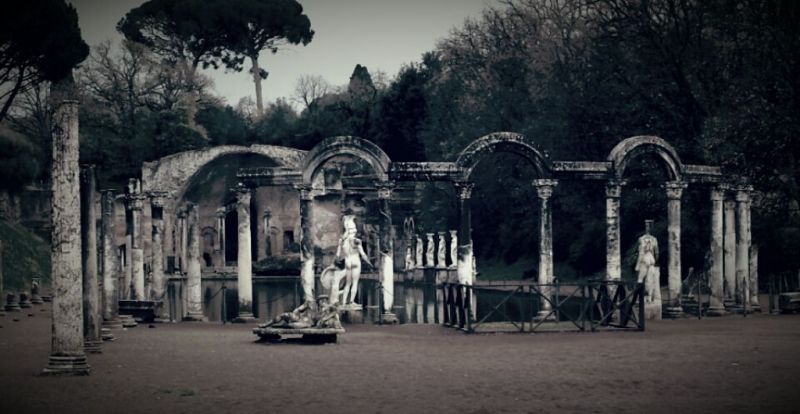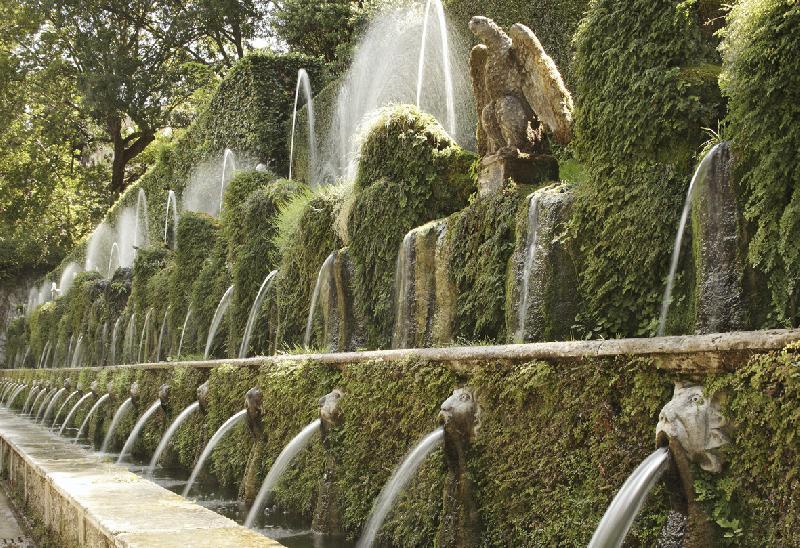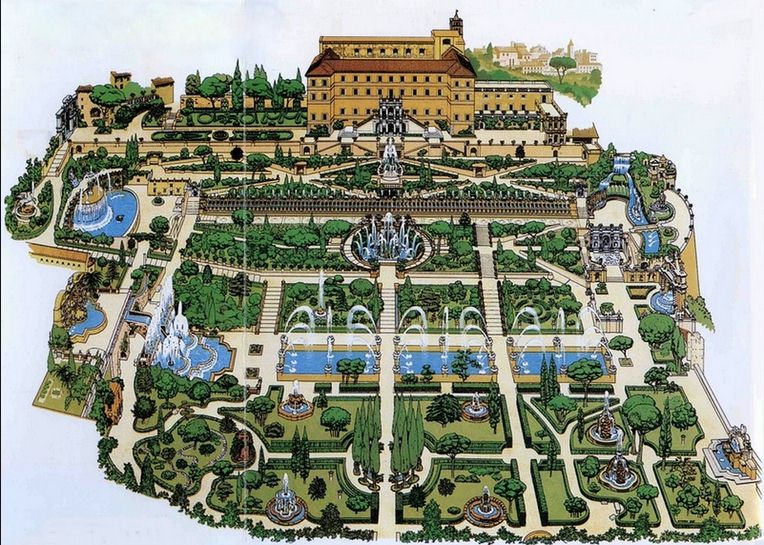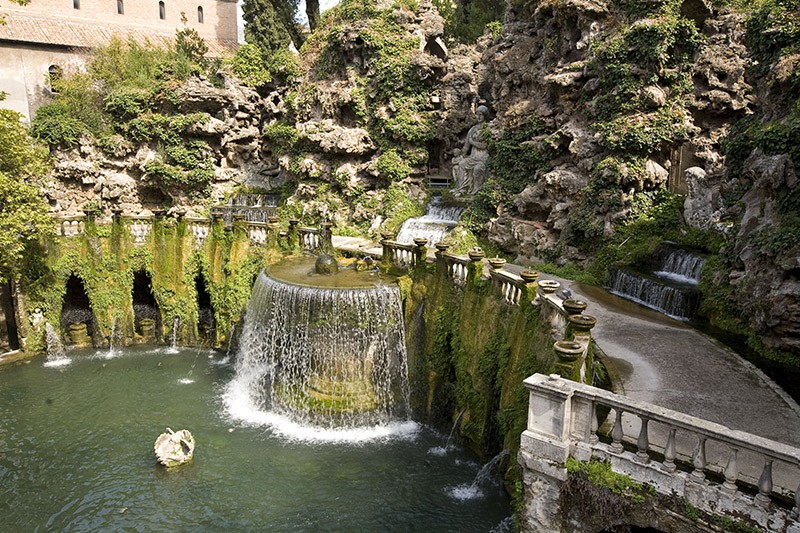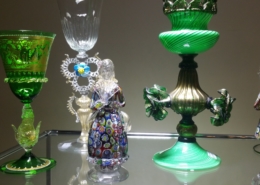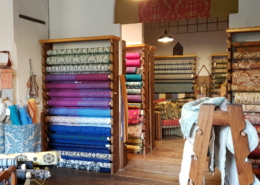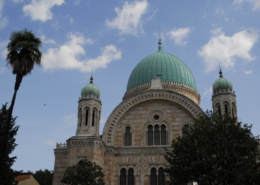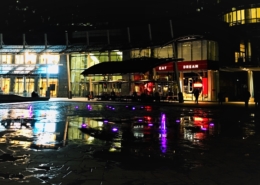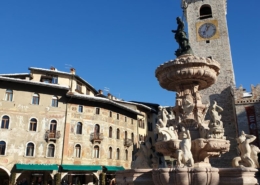Highlights of this tour
- Villa Adriana with its magic atmosphere and unique ‘mirrored’ architectures
- Villa d’Este with its palace, the famous terraced garden & its 200 fantastic fountains
- A full day excursion with private guide, car & driver
A DAY IN TIVOLI: VILLA ADRIANA & VILLA D’ESTE
Tivoli was a celebrated holiday resort even in ancient times, thanks to the beauty of its idyllic position, its scenic cascades and the abundance of water coming from the Aniene River, the quarrying of travertine stone.
It was one of the fundamental stops of the Grand Tour, and provoked deep emotions in the souls of musicians, writers and painters, such as Liszt, Goethe, Turner, Chateaubriand.
In the II Century the Emperor Hadrian started the construction of a huge residence to spend his last years in peace, far from the hectic capital, set some 12 miles away.
Rather than a villa, we could define it an ideal city. It is actually larger than Pompeii, and only about one fifth of the entire surface has been brought to surface!
Hadrian had a complex personality: he had been a great captain but he loved peace, and tried his best to consolidate the Empire, that had reached its maximum expansion.
He ruled as an emperor for 20 years, and he spent good part of his time traveling all over the enormous Empire.
He was always accompanied by a numerous team of architects, master masons, carpenters, and had a special love for Greek culture. He was the first Roman Emperor to wear the beard, as a Greek philosopher
One of his most famous constructions is the Wall of Hadrian in Britain, while in Rome itself he built two of the most iconic buildings of any time: the Pantheon, that inspired legions of architects all over the world, and his Mausoleum, today Castel Sant’Angelo.
His very personal idea here in Tivoli was to recreate in his residence the most emblematic monuments he had seen during his long journeys through the Empire.
Cost of this tour
- 1360 euros up to 6 people (with certified guide, private transportation and driver included)
- It is also possible to limit the tour to just one Villa. In this case the tour will last 4 hours.
- Cost for a half day tour (4 hours): 820 euros up to 6 people (with private transportation and driver included).
- Admission fees per person: Villa Adriana 16 euros, Villa d’Este 16 euros
- For larger parties: please apply to email
Dress Code and advice
- comfortable shoes or sandals and a hat in summer.

